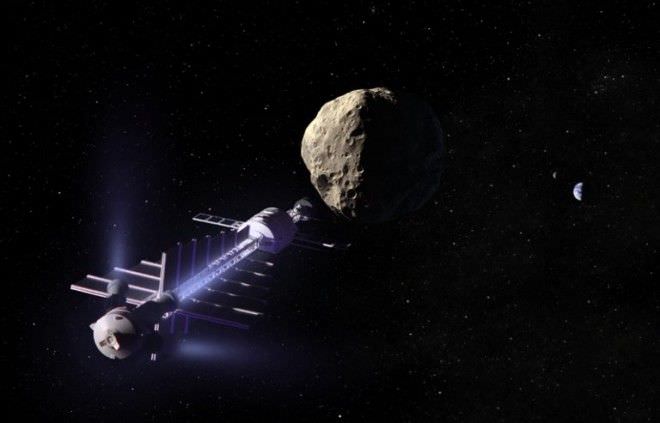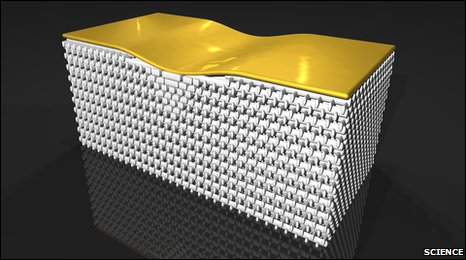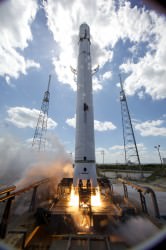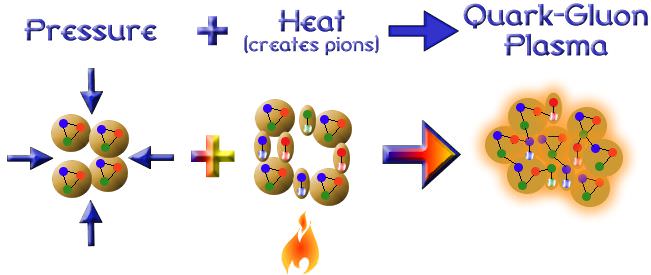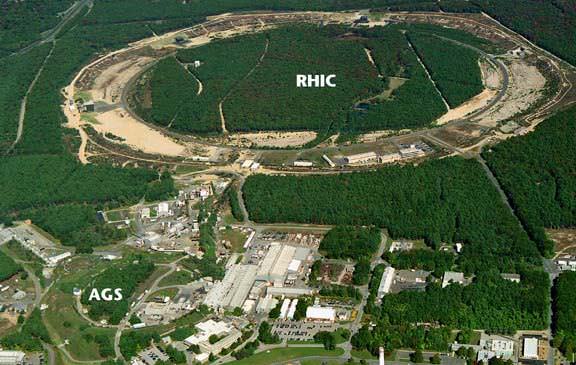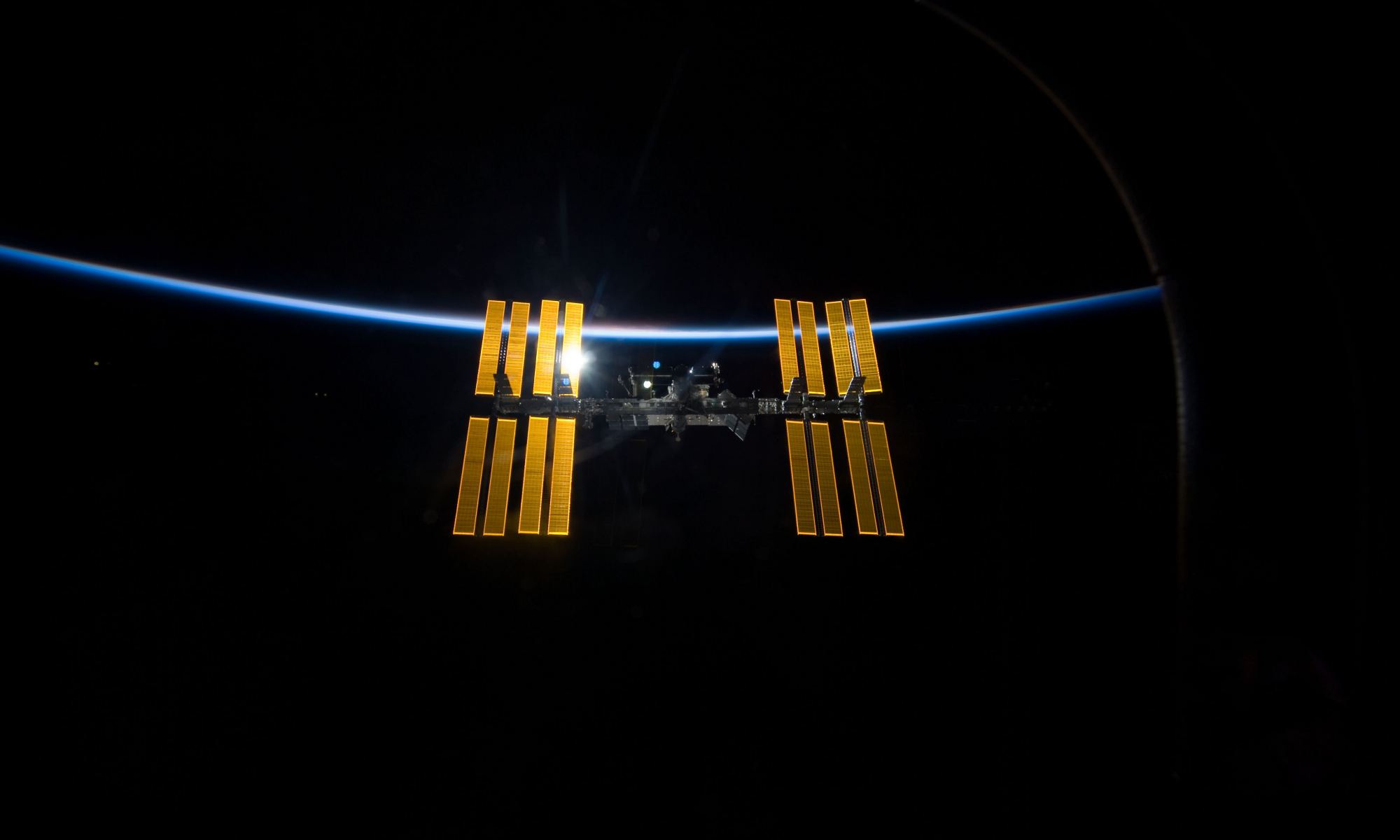A solar powered airplane that one day will attempt an around the world non-stop flight took its maiden voyage yesterday in Switzerland. Solar Impulse flew for 87 minutes and climbed to 1,200 meters. “This first flight was for me a very intense moment!” exclaimed test pilot Markus Scherdel immediately after the flight. “The HB-SIA behaved just as the flight simulator told us! Despite its immense size and feather weight, the aircraft’s controllability matches our expectations!”
[/caption]
“We reached all objectives, especially the safe landing, which was our main purpose,” said Claude Nicollier, a former astronaut who is one of the leaders of the project.
The plane has a 61 meter wingspan, and the wings are covered with 12,000 state-of-the-art photovoltaic solar cells that power the plane. Using so-called intelligent light materials and new energy storage, the plane will be able to fly both night and day, completely on solar power. Solar impulse weights 1,600 kg and can fly at speeds up to 70 kmh at a maximum altitude of 8,500 m (27 900 ft)
“We .still have a long way to go until the night flights and an even longer way before flying round the world, but today, thanks to the extraordinary work of an entire team, an essential step towards achieving our vision has been taken,” said Solar Impulse Chairman and initiator Bertrand Piccard. “Our future depends on our ability to convert rapidly to the use of renewable energies. Solar Impulse is intended to demonstrate what can be done already today by using these energies and applying new technologies that can save natural resources.”
For more information on Solar Impulse.


